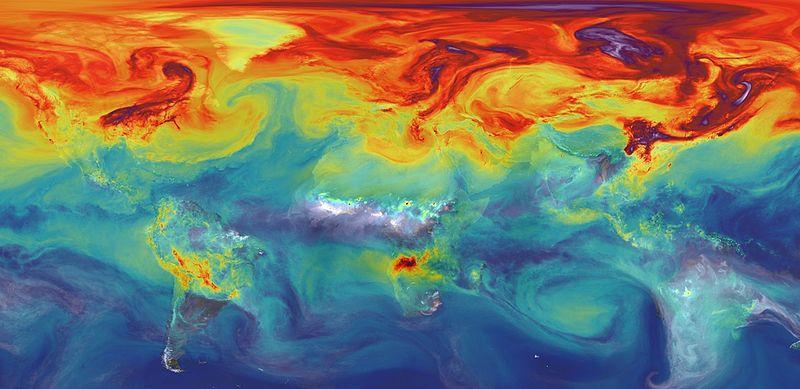Research portending the greater frequency of back-to-back La Niña events under future greenhouse-gas emissions scenarios is among the items featured today on the Scimex website.
A 33% increase in those events is predicted for a high-greenhouse gas emissions scenario, according to Australian and international research.
The study found that under a high emissions scenario, the frequency of multi-year La Niña increases from one event every 12.1 years in 1900–1999 to one event every 9.1 years in 2000–2099.
The authors say their finding of a probable future increase in multi-year La Niña frequency strengthens calls for an urgent need to reduce greenhouse-gas emissions to alleviate the adverse impacts.
The link to that research (DOI) is 10.1038/s41586-023-06236-9.
Scimex reports this news under the heading More back to back La Niña years likely with climate change.
Among other news items posted today are –
Extreme weather and climate change impacts are increasing in Asia, which ricocheted between droughts and floods in 2022, ruining lives and destroying livelihoods. Melting ice and glaciers and rising sea levels threaten more socio-economic disruption.
South Korean and US scientists say removing carbon dioxide (CO2) from the atmosphere, a climate mitigation stategy, may not lead to a full recovery of thea – an atmospheric circulation pattern that exists in both of Earth’s hemispheres.
The total number of climate change court cases has more than doubled since 2017 and is growing worldwide, according to a report by the UN Environment Programme (UNEP). While the US is way ahead, topping the charts with 1,522 cases, Australia comes in second with 127 cases and New Zealand takes 8th place with 26 cases.
Source: Scimex












